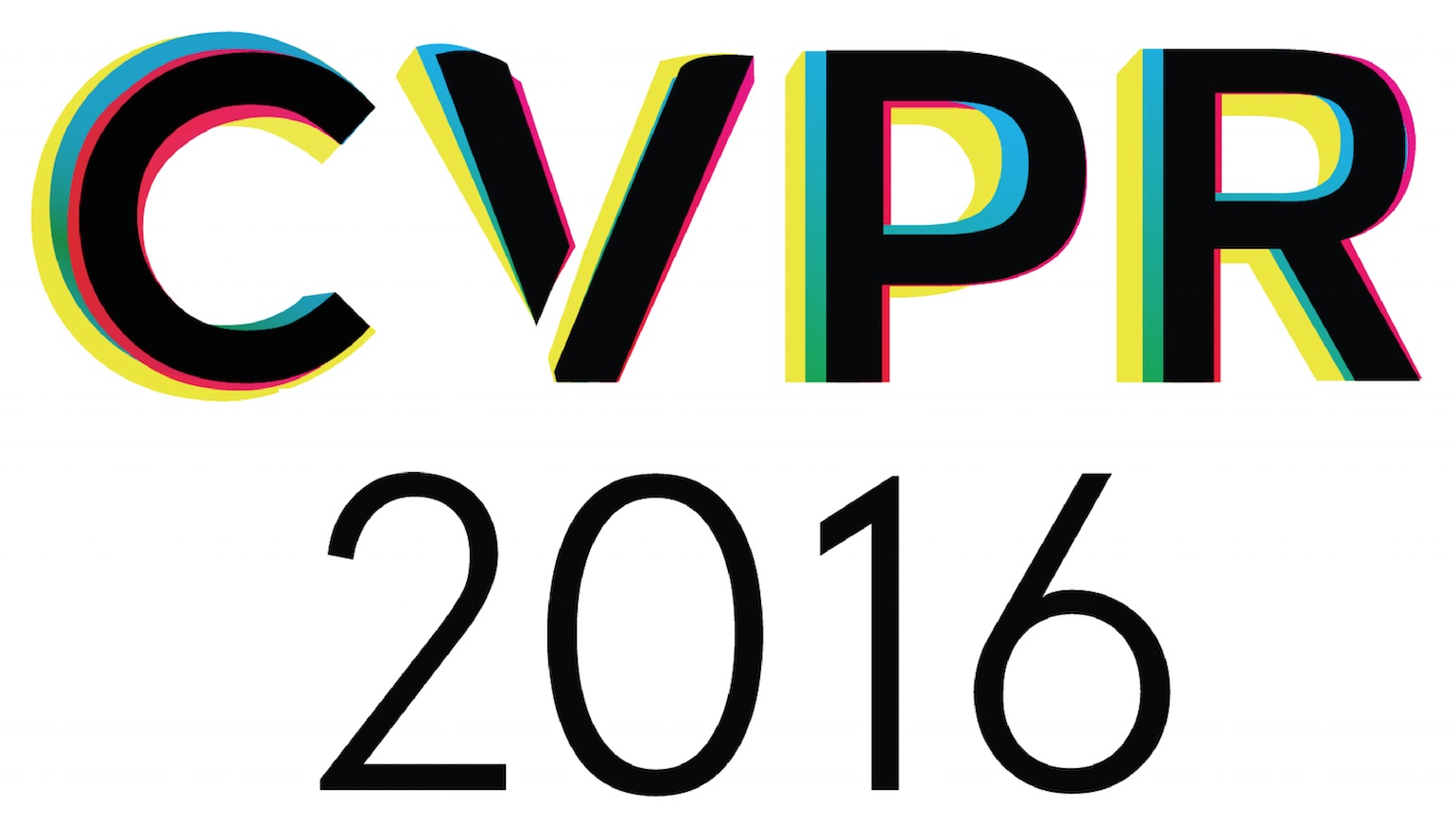-
Bottom-Up and Top-Down Reasoning With Hierarchical Rectified Gaussians
AbstractConvolutional neural nets (CNNs) have demonstrated remarkable performance in recent history. Such approaches tend to work in a "unidirectional" bottom-up feed-forward fashion. However, practical experience and biological evidence tells us that feedback plays a crucial role, particularly for detailed spatial understanding tasks. This work explores "bidirectional" architectures that also reason with top-down feedback: neural units are influenced by both lower and higher-level units. We do so by treating units as rectified latent variables in a quadratic energy function, which can be seen as a hierarchical Rectified Gaussian model (RGs). We show that RGs can be optimized with a quadratic program (QP), that can in turn be optimized with a recurrent neural network (with rectified linear units). This allows RGs to be trained with GPU-optimized gradient descent. From a theoretical perspective, RGs help establish a connection between CNNs and hierarchical probabilistic models. From a practical perspective, RGs are well suited for detailed spatial tasks that can benefit from top-down reasoning. We illustrate them on the challenging task of keypoint localization under occlusions, where local bottom-up evidence may be misleading. We demonstrate state-of-the-art results on challenging benchmarks.
Related Material
[pdf] [video][bibtex]@InProceedings{Hu_2016_CVPR,
author = {Hu, Peiyun and Ramanan, Deva},
title = {Bottom-Up and Top-Down Reasoning With Hierarchical Rectified Gaussians},
booktitle = {Proceedings of the IEEE Conference on Computer Vision and Pattern Recognition (CVPR)},
month = {June},
year = {2016}
}
These CVPR 2016 papers are the Open Access versions, provided by the Computer Vision Foundation.
Except for the watermark, they are identical to the accepted versions; the final published version of the proceedings is available on IEEE Xplore.
Except for the watermark, they are identical to the accepted versions; the final published version of the proceedings is available on IEEE Xplore.
This material is presented to ensure timely dissemination of scholarly and technical work.
Copyright and all rights therein are retained by authors or by other copyright holders.
All persons copying this information are expected to adhere to the terms and constraints invoked by each author's copyright.

